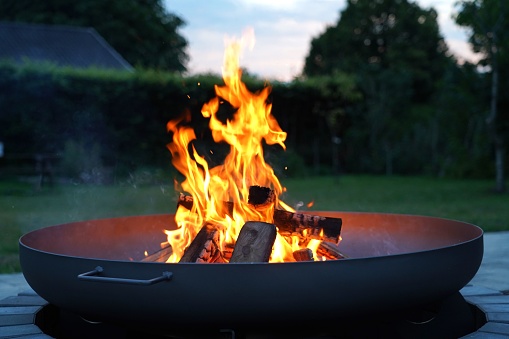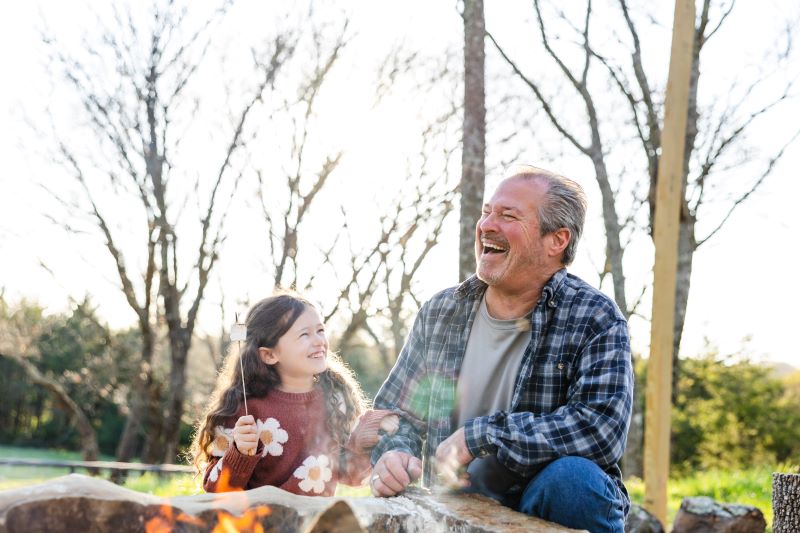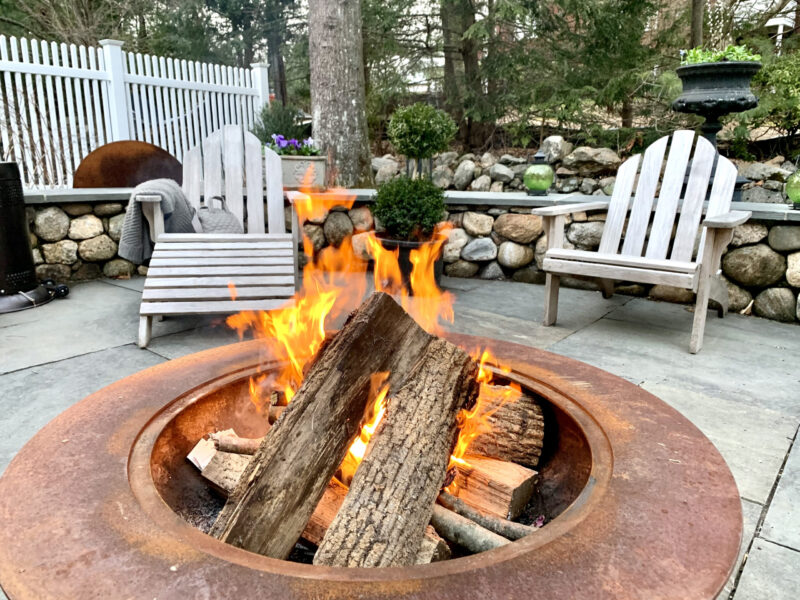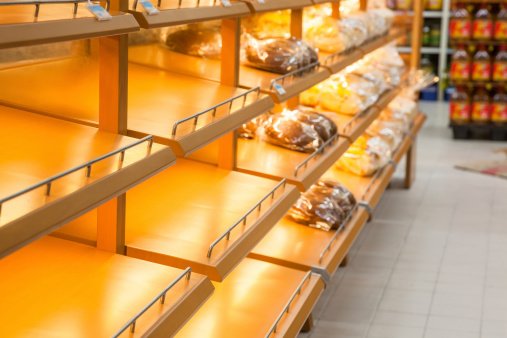What’s better than a gooey marshmallow or slightly charred hot dog roasted over an open flame? For many, summer is full of outdoor time with friends and family, including gathering around the warmth and comfort of a cozy backyard fire. Yet as recent fire seasons have shown us, it’s all too easy for poor backyard fire safety behavior to lead to tragic and costly consequences.
While some of your best memories can happen around a portable fire pit, backyard chiminea or outdoor fire ring, following safe fire pit and outdoor fire product guidelines is essential to protect your property and your health.
Outdoor Fire Pit and Safety Guidelines
First, it’s a good idea to review your policy and see if your homeowner’s insurance covers your backyard fire setup. Then use these 13 backyard fire tips to stay safe.
1. Abide by Burn Bylaws
Backyard fire safety begins before you even light a match. Start by learning your local fire laws and following them. Keep in mind that some communities require a fire permit for backyard fires in the wake of the recent increase in wildfires.
2. Safe Sites for Backyard Fires
Choose a safe site for your fire. Avoid lighting fires in the following areas:
- Too close to a building (check your bylaws for required distances)
- Under an overhanging roof
- Near containers of flammable fuels like gasoline or propane
- Close to wooden picnic tables, clotheslines, fencing or awnings
3. Clear Flammable Clutter
Inspect the area around your fire pit, fire table, chiminea or fire ring. According to the National Fire Protection Association, clear away leaves, fir needles and flammable materials within a five-foot radius surrounding your fire pit.
4. Wear Non-flammable Clothes
If possible, choose non-flammable material or fire-resistant clothing, especially for children. Be mindful of wearing flowing shirts or skirts that could catch fire when you’re tending the flames.
5. Keep Kids (and Pets) Away
Keep kids and pets away from dangerous flames and potential burns by investing in a fire screen and protective fire ring. Exercise extra caution if your backyard fire pit guests include the elderly or anyone prone to stumbling or losing their balance.

6. Watch Your Wood
Choose your firewood carefully and avoid burning leftover construction pieces with potentially hazardous paints.
Remember this phrase: small, dry and hard. Avoid firewood more than three quarters the diameter of your fire pit to minimize trip hazards and possible ignition of any nearby flammable materials.
Don’t burn spark and smoke-creating woods like pine or cedar. Instead, select well-seasoned hardwood like oak, ash or hickory.
7. Contain the Flames
Protect your backyard by digging a fire pit at least 12 inches deep. Fill the trench with gravel and surround it with blocks or rock to contain the flames. Consider adding a fire screen for added protection.
8. Douse the Fire
Keep a bucket of sand, a garden hose and possibly even a fire blanket (to smother the flames) nearby. Remember to completely douse or extinguish your backyard bonfire or fire pit to put out any glowing embers.

9. Extinguisher Close, Firewood Far
Keep a small fire extinguisher close by and practice using it before fire season begins in your area. Also, store your firewood in a location far from your backyard fire to avoid a massive accidental bonfire.
10. No Grease on Grills
Don’t forget about fire safety with barbecues and cooking grills. Watch for grease building (from grilling burgers, pork or steaks) on the inside lids and grills. Clean your barbecue regularly to avoid starting a raging grease fire the next time you light the barbecue.
11. Select Stable Seating
Be extra careful of placing flimsy or unstable portable camp chairs too close to your backyard fire pit or fire table. It’s all too easy for these to flip over, potentially igniting and tipping you into the fire.
12. Stay Close, Stay Safe
Whatever you do, don’t leave your fire pit, fire ring, fire table or chiminea unattended after lighting the fire. Also, be mindful of monitoring a fire if you’re overtired or groggy—falling asleep could be fatal when you’re sitting beside an open flame or fire.
13. Forecasts Before Fires
Finally, whether you’re planning to enjoy an intimate evening by your fire table or a family marshmallow roast over the fire pit, try to avoid backyard fires on windy days. Check your local weather forecast, pay attention to the wind direction and consider what might be in the path of a wind-whipped backyard fire.

Enjoying the flames of a fire in your backyard or even on a camping trip is one of life’s simple summer pleasures, as long as you use common sense and follow basic fire safety. Keep your fire contained, have fire extinguishing tools such as a garden hose or sand bucket nearby, and make sure to put your fire out completely before leaving your fire pit.
What’s your favorite backyard bonfire memory, or best outdoor fire safety tip? Let us know in the comments.






